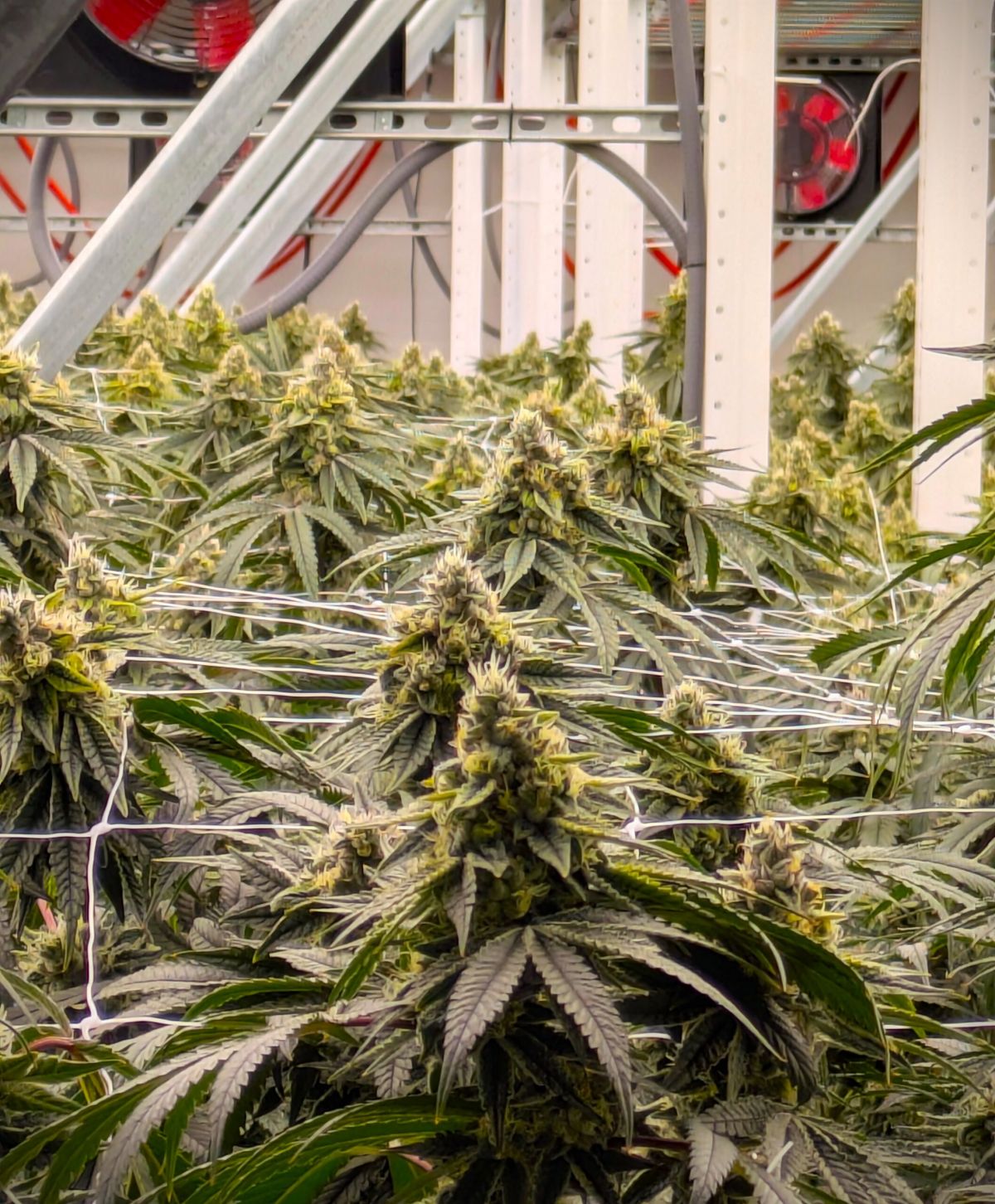The 18-Plant Standard

Why 3×6 Is The Sweet Spot
If you’re designing or are planning to update a tiered or single-level vertical flower room, start with 18 plants per tray. Let it serve as your base standard. Then adjust per cultivar.
This configuration is proven to focus your fertigation layout. It improves access to airflow under your canopy as well as access to lighting. Moreover, it gives your team a predictable framework to operate within.
It aligns with the realities of vertical environments. These include tight spatial constraints, stacked microclimates, and labor bottlenecks. This is all brought about without settling for average yield potential. Furthermore, quality control is maintained.
For facilities trying to balance throughout – being consistent and flexible – the 3×6 layout remains one of the most operationally sound choices on the table.
In vertical cultivation, airflow is your bottleneck. You don’t have the open air room of a single-tier warehouse. You’re working with stacked layers, crowded head space, and more latent heat.
The 3×6 layout enables…
Straight-line airflow paths under the canopy.
Access for under the canopy lights and under the canopy airflow.
Better spacing between plants that reduces microclimates and pest pressure.
At a minimum, the plants need to fit on the tiered tray, but what’s more important, how the layout supports the systems around it.
Consider how well air can move under and through the canopy, how your irrigation lines can be routed and tended to without issues that arise, and how much space your team has to work efficiently.
The physical layout is not just a “plant map” — it’s a blueprint that influences airflow patterns, light, penetration into the canopy, and labor access.
When a tray layout is optimized and integrates seamlessly with HVAC, fertigation, and work flow systems, it strengthens the performance of the entire room, including plant health, vigor, and yield.
Eighteen plants per tray gives you a uniform density that allows for healthy root development, working drybacks, and efficient labor.
With three rows across a 4-foot tray, you open up critical space for airflow and light penetration without reducing yield.
This layout and planting density work with a variety of substrates. This includes, but is not limited to, rockwool blocks, rockwool blocks on slab, coco bags, coco, and soil pots.
In Conclusion
The 3×6 set-up also simplifies irrigation planning. Whether you’re running a basic manifold or a high-end fertigation system, 18 (single emitter per plant) or 36 (double emitters per plant) emitters per tray is a working, measurable number that fits most plumbing strategies.
Eighteen plants per tray strikes a balance that offers yield stability, manageable over head, and the ability to adapt across multiple cultivated plants.
In supporting hundreds of multi-tier builds, this configuration consistently supports airflow integrity, sensor access, and ergonomic workflow.
It’s dense enough to maximize tiered capacity, yet open enough to preserve under-canopy airflow and help reduce microclimates.
It also gives operators flexibility to group cultivars with similar stretch or feed profiles, while maintaining a standard infrastructure layout.